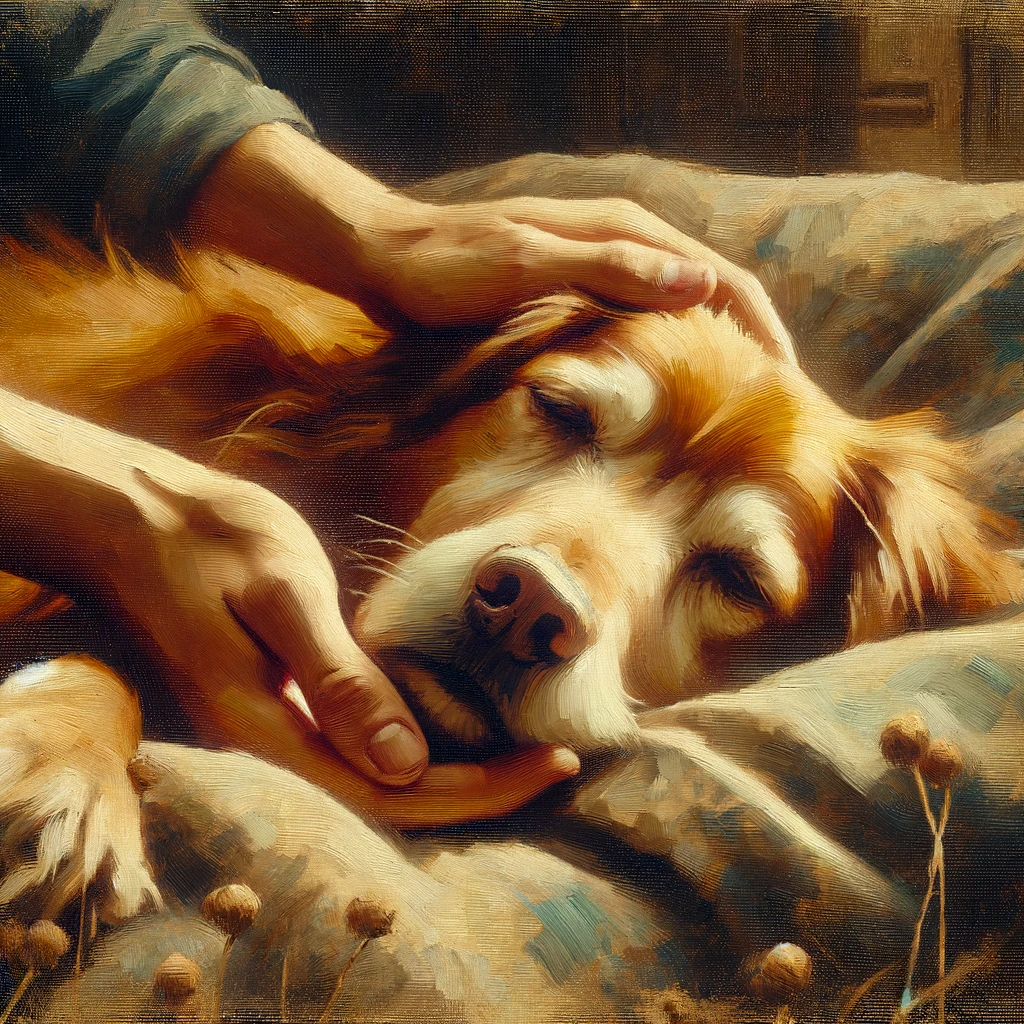Understanding Kidney Failure in Cats: A Compassionate Guide for Pet Owners
Understanding Kidney Failure in Cats: Compassionate Guide for Pet Owners Introduction to Kidney Failure in Cats Kidney failure in cats is a condition that can profoundly affect both the pet and the owner. Often a challenging journey, it brings with it a mix of emotions, from concern to deep care. As a condition commonly seen in older cats, kidney failure, or renal failure, marks a decrease in the kidneys’ ability to function effectively. The kidneys play a crucial role in filtering waste products from the blood and maintaining a balance of electrolytes and fluids in the body. When they fail, toxins build up, leading to serious health issues. Understanding kidney failure in cats is the first step in providing the best care for your feline friend. This article aims to gently guide you through recognizing the signs, understanding the diagnosis and treatment options, and coping with the emotional aspects of managing this condition. Identifying Early Signs of Kidney Failure Detecting kidney failure in cats at an early stage is crucial for managing the condition effectively. Cats are masters at hiding discomfort, so it’s important for pet owners to be vigilant and recognize subtle changes. Some early signs of kidney failure include increased thirst and urination. You might notice your cat visiting the water bowl more frequently or find that the litter box needs changing more often due to increased urine volume. Weight loss and decreased appetite are also common signs. As toxins build up in the bloodstream, they can cause nausea and a reduction in appetite, leading to gradual weight loss. Additionally, keep an eye out for changes in grooming habits. Cats suffering from kidney issues may have a dull, unkempt coat, as they lose the interest or energy to groom themselves properly. Lethargy and a general decrease in activity levels can also indicate kidney issues. If your usually playful cat seems less interested in activity or spends more time sleeping, it could be a sign of underlying health problems. Early detection and intervention can make a significant difference in managing kidney failure. If you notice any of these symptoms, a visit to the veterinarian is essential. They can conduct tests to confirm whether these signs are indeed related to kidney failure or another health issue. Diagnosis and Stages of Kidney Failure in Cats Diagnosing kidney failure in cats involves a thorough examination by a veterinarian, who will usually perform blood tests and urinalysis. These tests help evaluate kidney function by checking for elevated levels of waste products like urea and creatinine in the blood, which are normally filtered out by healthy kidneys. Kidney failure in cats is typically classified into different stages, from mild to severe, based on the results of these tests. The early stages may show only slight elevations in waste products, while later stages will exhibit more severe abnormalities. This staging system helps veterinarians determine the most appropriate treatment and management plan. It’s important to understand that kidney failure is often a progressive condition, meaning it can worsen over time. However, with proper management and care, many cats can enjoy a good quality of life even after a diagnosis of kidney failure. Your veterinarian can guide you through the specific needs of your cat depending on the stage of kidney failure they are in. This might include dietary changes, medications, and in some cases, fluid therapy. Regular follow-ups with the vet are essential to monitor the condition and adjust the care plan as needed. Your vet can also help you understand what to expect as the disease progresses, empowering you with knowledge to make the best decisions for your beloved pet. Managing Kidney Failure in Cats at Home After a diagnosis of kidney failure, managing your cat’s condition at home becomes a key part of their care. The goal is to maintain their quality of life and slow the progression of the disease. One of the most critical aspects is dietary management. Cats with kidney failure require a special diet that is low in phosphorus, protein, and sodium but high in omega-3 fatty acids and other nutrients. These diets help reduce the workload on the kidneys and slow the progression of kidney disease. Some cats are resistant to eating this prescription diet. Hydration is equally important. Ensure your cat has constant access to fresh water, as staying hydrated helps the kidneys function more effectively. Some cats with kidney disease may benefit from fluid therapy at home, where you administer subcutaneous fluids under the skin to help with hydration. In severe cases, intravenous fluid given at the veterinarian’s office may be necessary to lower elevated levels of waste products in the blood. Monitoring your cat’s overall health and behavior is vital. Regular weigh-ins can help track any weight loss, a common issue in cats with kidney disease. Also, keep an eye on their eating habits, urination, and defecation patterns, as changes in these can indicate a need for adjustments in their treatment plan. If cats are vomiting more frequently, this could be a sign that kidney waste products in the blood are increasing. A consultation with a veterinarian should be made. Creating a comfortable environment is also key. Cats with kidney disease may be more sensitive to stress, so ensure they have a quiet, comfortable place to rest. Pay attention to their comfort, and make adjustments to their living space to accommodate any mobility issues or other health concerns they may have. Lastly, regular veterinary check-ups are essential. Your vet can monitor your cat’s kidney function, adjust their treatment plan, and address any new symptoms or complications that arise. Medical Treatments When managing kidney failure in cats, several medical treatments can be employed to alleviate symptoms and slow the progression of the disease. It’s important to work closely with your veterinarian to determine the best course of action for your cat’s specific needs. Medications: Various medications may be prescribed to manage symptoms and complications of kidney failure. These can include phosphorus binders to reduce phosphorus levels in
Understanding Kidney Failure in Cats: A Compassionate Guide for Pet Owners Read More »









